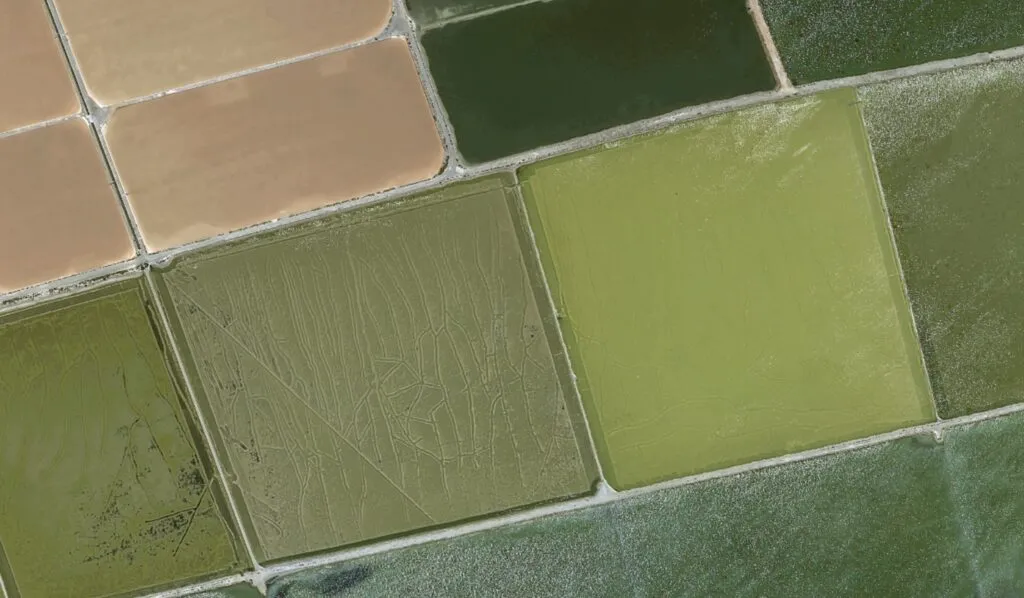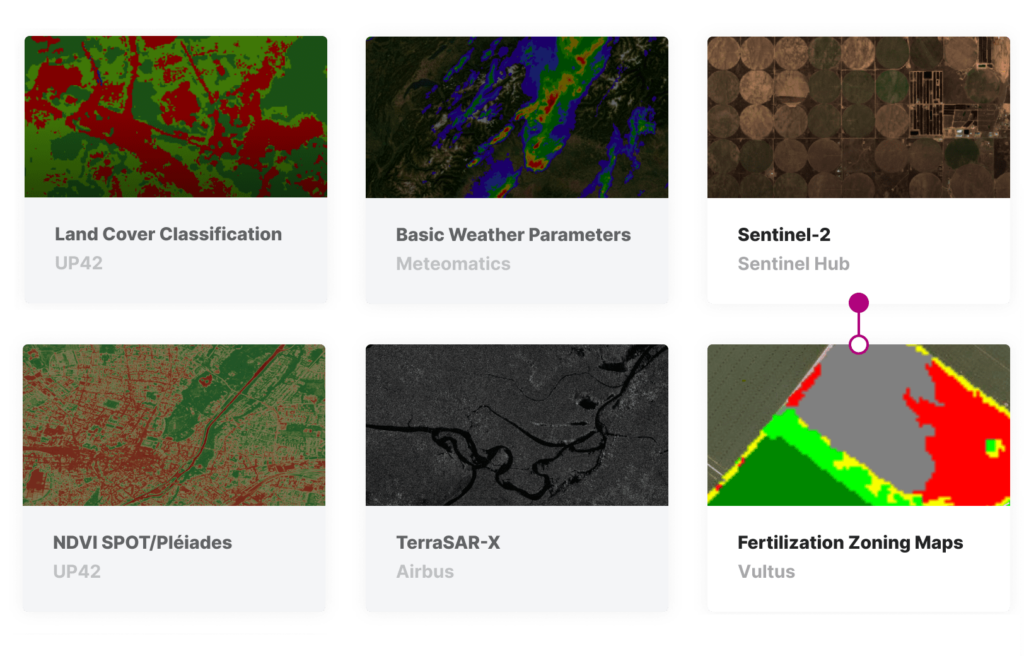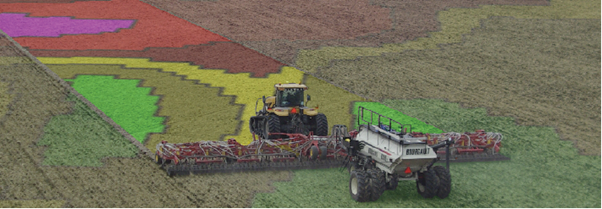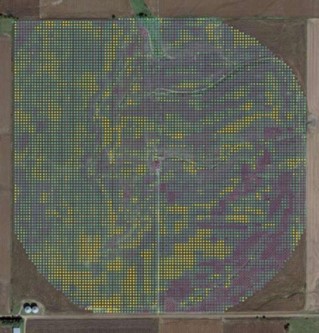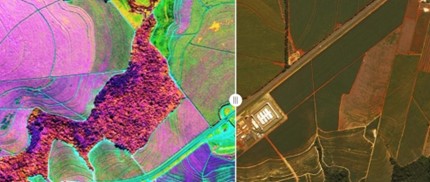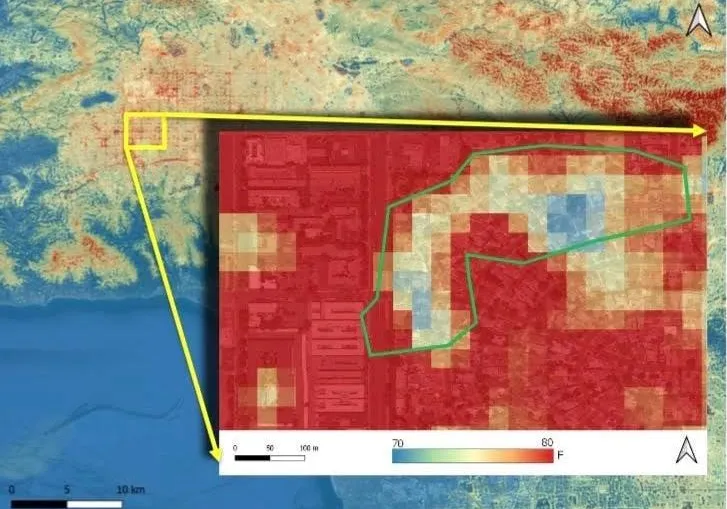
How Satellite Data Is Helping Tackle the Urban Heat Issue
Editor’s note: This article was written as part of EO Hub – a journalistic collaboration between UP42 and Geoawesome. Created for policymakers, decision makers, geospatial experts and enthusiasts alike, EO Hub is a key resource for anyone trying to understand how Earth observation is transforming our world. Read more about EO Hub here.
In 2018, 55% of the world’s population lived in urban areas. This number is projected to grow to 68% in 2050, according to data from the United Nations.
City streets catch and hold more heat than their surrounding areas. In addition, materials such as concrete affect the thermal energy dynamics to bring about zones that are generally a few degrees higher than non-urban zones.
These overheated urban areas are called Urban Heat Islands (UHIs), and they can cause reduced air quality, higher demand for water, and even heat casualties. For example, on an average “heat day,” Los Angeles County emergency rooms see an additional 1,500 heat-related patients.
But satellite data now allows for large-scale detection and monitoring of UHIs, and can be used in combination with heat-reducing techniques to improve the situation. The wide availability of satellite data, thanks to platforms such as UP42, makes it easy for companies and researchers to access and analyse the data at scale.
One notable example is data from NASA’s ECOSTRESS — the ECOsystem Spaceborne Thermal Radiometer Experiment on the International Space Station — which has successfully been used by several Los Angeles neighbourhoods to help determine what works to reduce UHI temperatures.
Dr Glynn Hulley of the Carbon Cycle and Ecosystems group at NASA’s Jet Propulsion Laboratory (JPL) spoke recently on a USGS podcast, detailing how ECOSTRESS works. He explained the difficulties in getting accurate and timely temperature measurements using ground sensors:
“There are [ground-based] sensors in different cities around the world operated by NOAA and NASA and other agencies,” he said, “but they’re pretty sparse. And so, they measure the general air temperature at a neighbourhood level. So for example, there are about three or four sensors in the San Fernando Valley in Los Angeles. The real benefit of the spaceborne data is that we can measure that routinely almost every day, but also at very high spatial resolution. With ECOSTRESS, the resolution there is about 70 by 70 meters for each pixel — that’s roughly the size of a football field. And we can measure that almost every day.”
Because ECOSTRESS satellite data is so comprehensive and obtained so quickly, it is the easiest way to rapidly establish if a neighbourhood cooling project is working or not.
The other reason ECOSTRESS is especially suited to obtaining comprehensive measurements is that it obtains temperature readings at various times of the day, every other day, building a history of the diurnal cycle that can be used for analysis. The reason for this is due to the ISS’s precessing orbit. “That’s a very powerful tool,” said Dr. Hulley. “And there’s no other sensor right now that is able to achieve that high frequency.”
For example, Landsat 8 and 9 provide readings at 10:00 AM and so are unable to give a nighttime view of the effects of urban heating.
ECOSTRESS’s extremely fine spatial resolution also lets it provide detailed info at the neighborhood level.
Using satellite data to help LA reduce Urban Heat Islands temperatures
Dr. Hulley teamed up with Chief Sustainability Officer for Streets LA, Greg Spotts, to show exactly how this satellite data could be used to determine if cooling efforts in LA neighborhoods were working.
Spotts had previously used cool pavement coating to cool down various city blocks in LA, but didn’t have access to the testing and sensor data that satellite imagery could provide.
After meeting at a NASA briefing, the two men arranged to run a pilot in several LA neighborhoods, starting in the spring of 2019. They were going to coat certain neighborhood streets with cool pavement coating and then use ECOSTRESS data and imagery to determine if the coating had a positive effect on UHIs.
One of the neighborhoods they piloted was Winnetka in the San Fernando Valley. The area that they coated in that neighborhood with the cool pavement coating — Stephanie Drive, an eleven-block section including five cul-de-sacs — happened to be in the shape of a crescent.
When the ECOSTRESS heat map data became available, the crescent shape of the coated Winnetka neighborhood stood out starkly compared to the rest of the map. The crescent-shaped area was a cool blue compared to the red areas surrounding it, as shown in the image below.
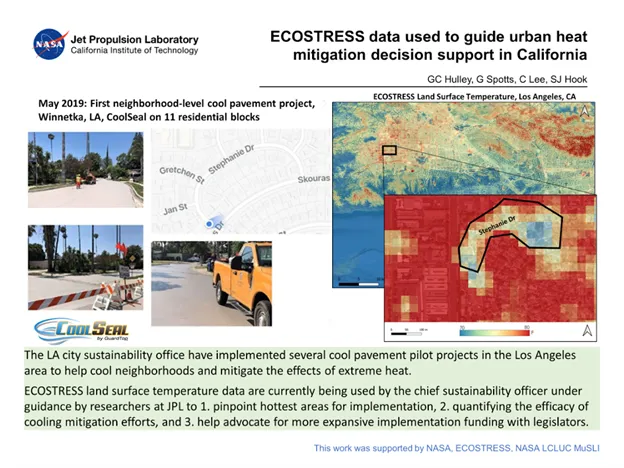
Speaking on the same podcast, Spotts said, “We had a sort of Eureka moment about that.” The satellite imagery had shown unequivocally that the cooling program had worked. This clarity would not have been possible without satellite data.
Using ECOSTRESS’s data, Spotts and Hulley were also able to see cooling effects within a pixel or two of the coated streets, showing that the method helpedto cool the entire neighborhood.
The future of satellite data and Urban Heat cooling programs
Several other pilots followed in the wake of the first.
Satellite data were also correlated with demographic data and AC usage to create a Heat Vulnerability Model, which shows areas that are at risk during heat waves. For example, although ECOSTRESS might show a particular area as being extremely hot, additional data showing that the area has many trees or a high incidence of AC installations would mitigate the overall Heat Vulnerability rating of the area.
Both Spotts and Hulley agree that education at a societal level is vital so that citizen scientists can make better daily decisions to keep their cities cool.
ECOSTRESS is slated to finish in 2023. Fortunately, other projects are flowing, for example, the Land Surface Temperature Monitoring (LSTM) program by the European Space Agency and Airbus, or the ARSET or Applied Remote Sensing Training program by NASA. Also, higher resolution multispectral data available via platforms such as UP42 can make a significant difference for companies and researchers working on the UHI challenge.
It’s clear that satellite data adds substantial value in helping neighbourhoods cool themselves down and reduce potential health risks for vulnerable areas.
Did you like the article? Read more and subscribe to our monthly newsletter!





